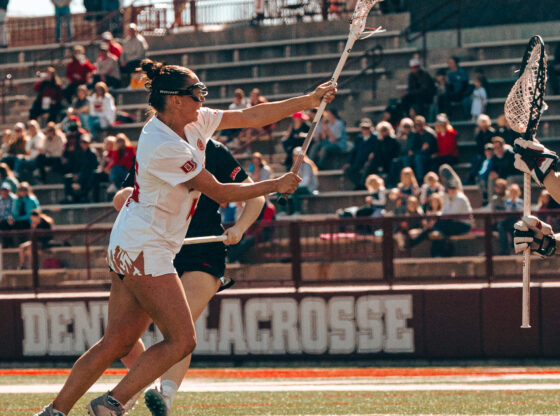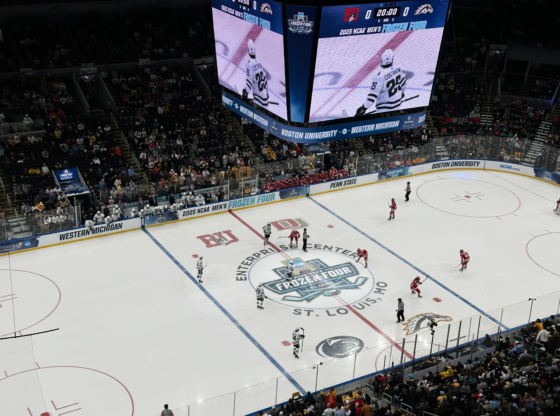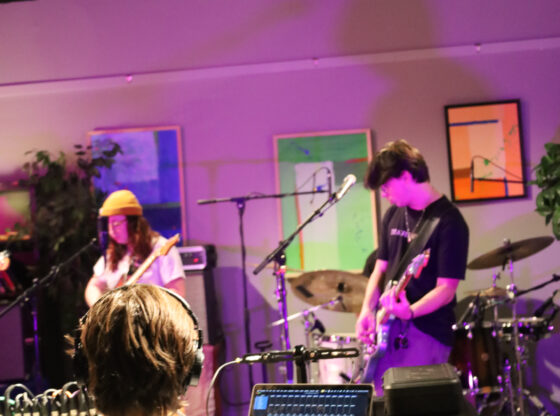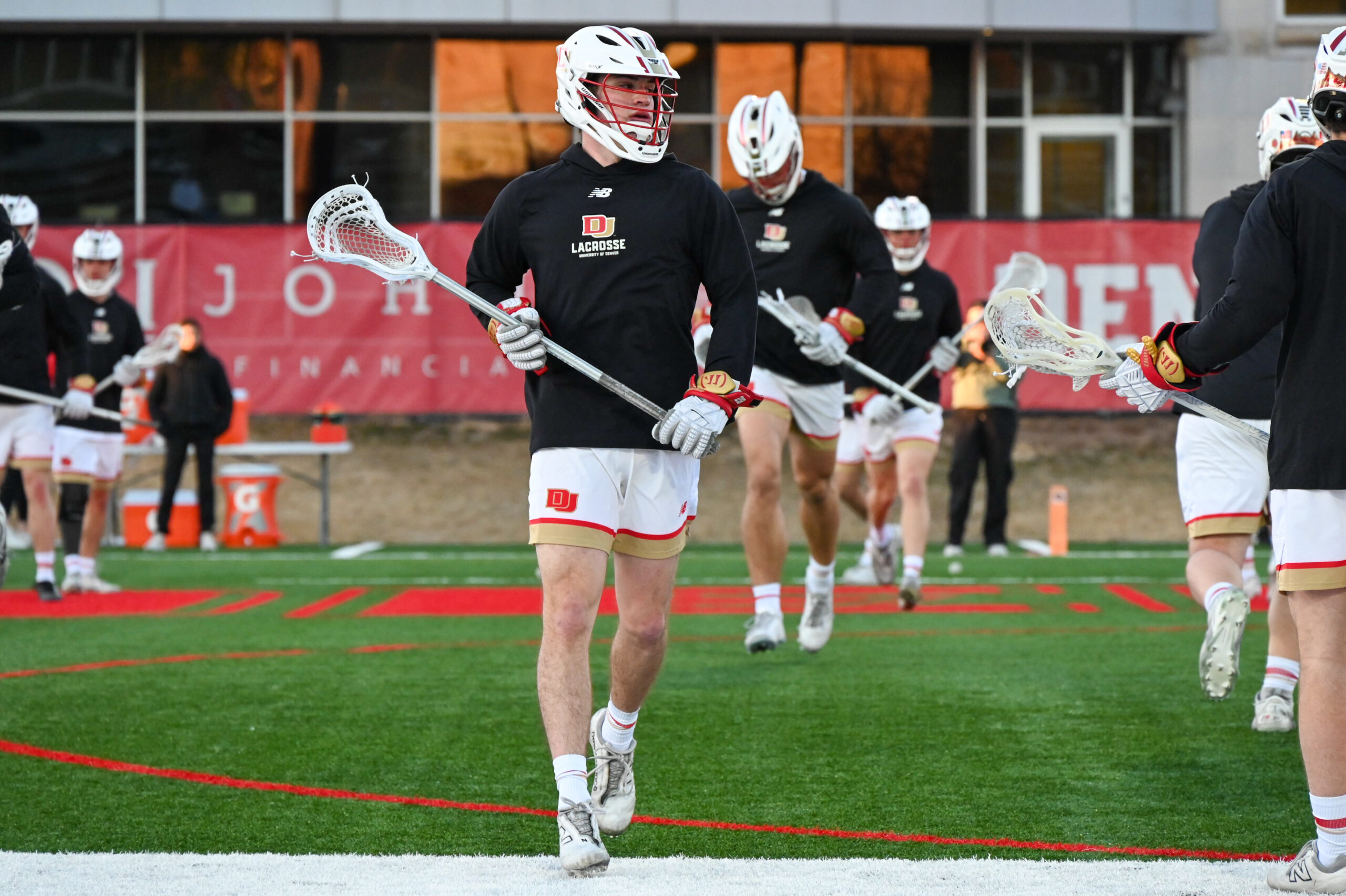Entering winter quarter of my sophomore year, I, like many of my classmates, am counting down to the end of the year when I am liberated from the two-year on campus live-in requirement. Most of the reasons for my anticipation are frustrating shortcomings of DU Housing and Residential Education.
First and foremost, the cost of living in a dorm is outrageous when compared to the options immediately around campus. For example, the number of square feet I am allocated in a Towers single is about 150 in my room and 150 shared in the kitchen and bathroom. The cost comes down to about $2.85 per square foot per month. Alternatively, my girlfriend and I could get a two-bedroom house with double the square footage and no suitemates/roommates for about 60 cents per square foot per month per person, including utilities and cable (based on 1,000 sq. feet for $1000 per month).
Living off campus would also separate me from the responsibility of culturing someone to American living like many people I know. Both of my suitemates in a supposedly upperclassman dorm are freshmen. One of those suitemates doesn’t even know how to use a Western toilet (i.e. footprints, among other things, on the toilet seat), yet the GRD I talked to merely treated it as a “concern” that I needed to work out with him. I’m paying seven grand to live here, not to be a babysitter or culture coach.
The main reason Housing and Residential Education cite for the live-in requirement is for community building and friendship. However most of the friends I have made at DU haven’t had much to do with living on campus, but rather campus activities and classes. I don’t even know anyone on my floor.
Maintenance issues abound as well. For instance, my refrigerator blew a fuse (for the first time, mind you) over break and all of the food in the freezer and refrigerator spoiled. Turns out it was plugged in to the wrong socket, something a landlord would be held accountable for repairing, cleaning, and compensating in a rental situation. So far it’s been fixed, but not cleaned, and I’ve been told that the items can’t be paid for. This coming from a school that charges $40k for tuition and housing.
The meal plan requirement is another beast in its own right ($7.50 per meal for Sodexho food?) and deserving of its own article altogether. In short, my girlfriend, her mother (an attorney) and I fought the meal plan as an adhesion contract. Like many facets of the housing requirement, it is compulsory, nonnegotiable, and not the course that any reasonable person would take given the choice. It’s pretty simple legal reasoning that the university has no real grounds to deny, but after over five months, we still have no answer.
Just some more stories in the ongoing saga of how DU Housing and Residential Education overcharges and fails to accomodate. The live-in and meal plan requirements would be more understandable if DU were rural, but given the resources of the major city surrounding us, they are pretty ridiculous expectations. Sorry, DU, all the “R & R Nights” in the world can’t make up for a pretty sorry situation.
Jordan Hahn
Gay athletes in college sports do exist
Gay? Athlete? Gay Male Athlete? It might seem like an oxymoron to most, but who’s to say that they don’t exist within college sports, right? Gays exist in every other segment of our society. If this is the case, where are they you ask? The fact is many are closeted out of fear of being “outted,” rejected, or worse- lose their athletic scholarships.
But even so, there are still a great number of openly gay athletes “out” to their team and coaches across the nation, and they are proof it is possible to be gay, an athlete and successful. More importantly, they tell me how happy they are to finally be able to be themselves and not have to live “dual” identities any more. How do I know this? I know first hand they exist as I am currently working on my dissertation in the Higher Education Program at DU and have already conducted several interviews with many gay athletes.
These athletes come from all over the nation and all walks of life. To date, I have interviewed rowers, swimmers, runners, divers, wrestlers, lacrosse and water polo players. So you might say, “Well of course there are gay athletes within these sports. We have seen this before.” Some might even guess a larger number of these athletes were gay within these sports, because they don’t necessarily fit the “masculine, rough exterior” for a contact sport athlete. But there are others too- football, basketball, baseball and hockey players that I have also talked to who are gay. However, they tell me they were too “closeted” to come out during college, and they wait until they graduate to reveal their secret. They are gay.
It’s important to remember that gay athletes not only exist, but also exist in all sports whether you might choose to accept that or not. Whether they are out or closeted is another matter. If you are gay and “closeted” and are out there, feel comfort in knowing you aren’t alone. If you feel comfortable know that you can contact me to share your story confidentially and discreetly. Until then, some athletics administration and coaches will continue to believe that it’s not an “issue” on their team.
Paul Tontz
ptontz@du.edu












